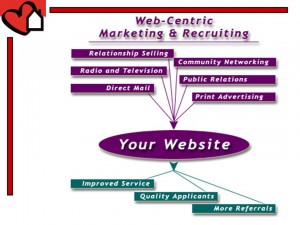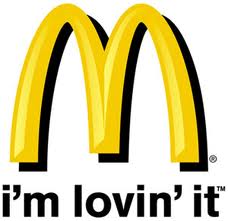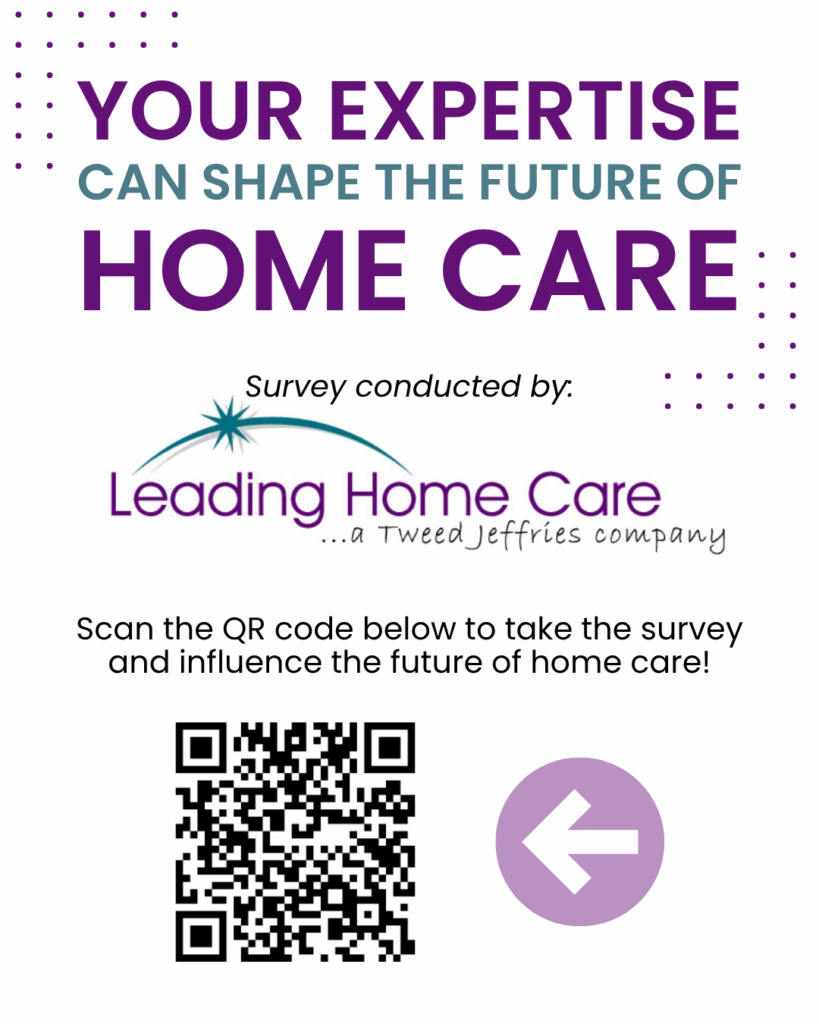The other day, I received a call in my office from the Chief Operating Officer of a private duty company we have known for many years. He called to discuss some operational issues in their company and we shifted over to consumer marketing. This is a tremendously successful home care company that has built an $8 million business using radio advertising and consumer networking as the basis for bringing in new clients. We met again face to face several weeks later at the NPDA national conference and had a follow up conversation.
The next week, I was speaking at a private duty franchise company annual meeting and had a nice conversation with one of their leading franchisees who has built a very successful home care business using newspaper advertising.
I mention these two examples because in my seminars I ask the question, “What marketing methods have you used that have not worked?” Almost always, audience members mention radio and newspaper advertising. That leads me to a discussion of the fact that there are many consumer marketing techniques that can work effectively but it depends on execution, and it depends on repetition and consistency.
You need to advertise over and over and over again. Look at Coca Cola (R) . Look at McDonalds (R). Repetition and consistency.
Let’s Review some Key Points from Home Care Marketing.
Let’s so back and review some key points from previous Private Duty Today articles to set the stage for our discussion of consumer marketing.
Three Sources of Clients
There are three sources of inquiries and referrals that turn into admissions in private duty home care:
1. Consumers
2. Health Care Providers
3. Professional Advisers
Four Categories of Home Care Marketing.
There are four categories in our research of home care marketing methods:
1. Selling & Networking
2. Paid Advertising
3. Targeted Marketing and Public Relations
4. Web and Internet marketing
A Key Strategic Decision
I have taken a stand in saying that you need to make a key strategic choice between:
1. Consumer Marketing
2. Referral Marketing.
“I have never seen anyone who has done both consumer marketing and
referral marketing exceptionally well at the same time.
Pick one and master it.”
Stephen Tweed
Top Techniques for Direct-to-Consumer marketing of Private Duty Home Care
In our
“Serving More Clients” workshops and webinars, I have shared the results of our ongoing marketing research, and given you the top techniques in each of the four categories. In today’s article, I want to go back and focus on the top techniques for marketing directly to consumers. For the purposes of this article, I am going to assume that you have made a strategic decision to focus on consumer marketing and that you are going to select three to six of these techniques, master the skills, and execute them with excellence.
Note*: the number in parentheses is the % of survey respondents who found this technique “highly effective”.
1. Web Site (62.5%)*
 |
| (c) 2009 Jason Tweed |
The results of our research show that the single most effective method for marketing to consumers is your web site. You absolutely need to have an effective web site that ranks high on the search engines, so that family caregivers who are looking for home care services will find you easily. This is the single most effective method for families to find you when Mom lives in your town and the oldest daughter lives in another city.
2. Health Fairs (45.2%)
Health fairs are community events usually sponsored by a health care organization that are focused on bringing in consumers for health screenings and other health information. Our research shows that “The lovely little blue haired trick or treaters” do not usually buy what you are selling. They are healthy and aren’t looking for home care. However, health fairs are a great opportunity for networking with other health care providers, so you may consider this a referral marketing technique rather than a direct consumer marketing methods.
3. Sponsorship of Community Events (34.3%)
This technique involves being a paid sponsor of a community event such as an Alzheimers Association fund raiser, or a Parkinson’s disease walk. We have found that just paying money to the organization for a banner or an ad in their program book is not enough. You need to be actively involved in the event, and probably in the ongoing support of this organization. The key is to pick the events wisely as you only have so much time to give to the community.
4. Writing for Local Magazines and Newspapers (25.8%)
You can build your brand and increase your credibility by writing articles or a regular column for a daily newspaper or a local magazine. As a professional in elder care services, you have a great deal of expertise about elder care issues that will be of value and interest to readers. Target the oldest daughter, who is between 45 and 65, and provide insights and information that will help her deal with aging issues of Mom or Dad. To get started, connect with the editors and publishers of your local publications and explore their interest in articles like this.
5. Paid Advertising in Local Newspapers (22.9%)
While many home care owners have not had great experiences using paid advertising in newspapers, we have found a number of examples of companies that have had great success. The key is repetition and consistency. You need to be in the same place on a regular basis with an ad that looks similar each time. We have found that content advertising is more effective that display advertising.
What does that mean? A paid “Ask the Expert” column, or a paid “Advertorial” are pages that look like they are free information, but you pay to have them in the paper.
6. Direct Mail to Consumers (16.1%)
As you can see, we are getting down the list in terms of effectiveness, but we have seen several examples of home care companies who have had success using direct mail to reach out directly to consumers. The key is to create or rent a mailing list. One company rented a list of “professional females between the ages of 45 and 65 who earn more than $100,000 a year”. They mailed post cards to this list three times over three months and generated an additional 25,000 hours of service over the course of one year.
7. Cable Television (5.7%)
Very few home care owners have tried cable television, and many of them did not get great results because they merely dipped their toe in, ran a few commercials, and said,”That didn’t work”. However, we have seen some examples of companies that have made a significant commitment to TV over a three to six month period and have generated significant numbers of inquiries. Again, repetition and consistency are the keys. Also, you need to have an effective process for following up on the leads that you generate.
Other Consumer Marketing Methods
Here are some of the other consumer marketing methods that we asked about in our survey that scored low in overall effectiveness. However, we have seen examples of individual companies that have used these techniques as part of their marketing strategy to help build their brand and make their phone ring.
- Literature Racks in waiting rooms (22.9%)
- Signage on your building (17.1%)
- Street signage (17.1%)
- Telephone Directory Ads (17.2%)
- Lead Generation Web Sites (15.6%)
- Pay-per-click advertising (15.6%)
- Interviews on local TV or Radio (12.9%)
- Consumer Magazines (11.4%)
- Email newsletters to clients and family (9.4%)
- General Social Media (9.4%)
- Company BLOG (6.4%)
- Twitter (3.1%)
- Talk Radio (2.9%)
- Billboards (2.9%)
- Placemat Ads (2.9%)
Editor’s Note: For many of these methods, the percentages are based on respondent perception. Most owners have not done a precise job of tracking the number of inquiries that come from these methods, and their responses are based on their intuitive feel for the results.
Give us your feedback.
Which methods have you used that have been highly effective in bringing in new inquiries that have turned into admissions?
Which methods have you used that did not work well? How come?







